Themed collection Imaging Metals in Biology

Imaging metals in biology: pictures of metals in health and disease
Guest editors Dominic Hare, Elizabeth New and Gawain McColl introduce this themed issue of Metallomics on the topic of Imaging Metals in Biology.

Metallomics, 2017,9, 343-345
https://doi.org/10.1039/C7MT90013A
A ubiquitous metal, difficult to track: towards an understanding of the regulation of titanium(IV) in humans
Molecular mechanisms in the body regulate the cytotoxic properties of titanium(IV) such that Ti(IV) could be bioavailable for cellular functions.
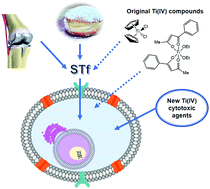
Metallomics, 2017,9, 346-356
https://doi.org/10.1039/C6MT00223D
Application of imaging mass spectrometry approaches to facilitate metal-based anticancer drug research
Mass spectrometry imaging is being increasingly used in metal-based anticancer drug development to study elemental and/or molecular drug distributions in different biological systems.
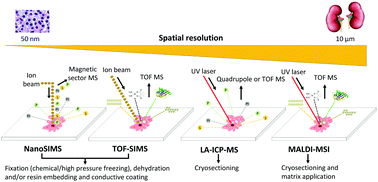
Metallomics, 2017,9, 365-381
https://doi.org/10.1039/C6MT00231E
Imaging metals in Caenorhabditis elegans
Possible analytical imaging approaches and their advantages and disadvantages for the study of metal (M) distribution in C. elegans.
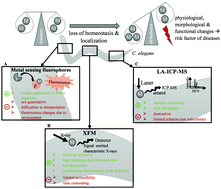
Metallomics, 2017,9, 357-364
https://doi.org/10.1039/C6MT00265J
Whole-brain metallomic analysis of the common marmoset (Callithrix jacchus)
This work represents the first whole-brain LA-ICP-MS metallomic map of a non-human primate species.
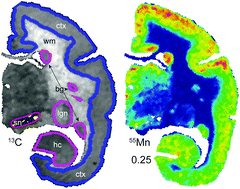
Metallomics, 2017,9, 411-423
https://doi.org/10.1039/C7MT00012J
Age modulates the injury-induced metallomic profile in the brain
Iron, copper and zinc may contribute to the neuronal pathologies that occurs following brain injury. We show here that there is a unique profile of metal alterations in the aged mouse brain following trauma which is distinct from that seen in younger animals.
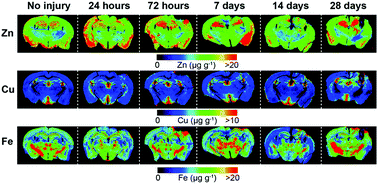
Metallomics, 2017,9, 402-410
https://doi.org/10.1039/C6MT00260A
Detection of Zn2+ release in nitric oxide treated cells and proteome: dependence on fluorescent sensor and proteomic sulfhydryl groups
Fluorescence detection of Zn2+ mobilized from cell proteome by nitric oxide (NO) is sensor dependent.
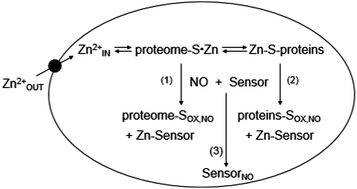
Metallomics, 2017,9, 391-401
https://doi.org/10.1039/C6MT00220J
Intracellular distribution and stability of a luminescent rhenium(I) tricarbonyl tetrazolato complex using epifluorescence microscopy in conjunction with X-ray fluorescence imaging
The cellular distribution of a Re(I) complex has been imaged using X-ray fluorescence and correlated to its inherent luminescence.
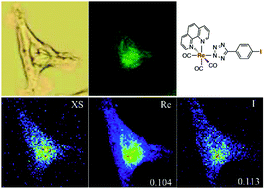
Metallomics, 2017,9, 382-390
https://doi.org/10.1039/C6MT00243A
About this collection
This themed collection of papers reflect the current state-of-play in metal imaging by presenting applications that provide new understanding of how metals regulate normal biochemistry and how this critical balance is lost during disease. Guest Edited by Dominic Hare, Gawain McColl and Elizabeth New, new articles will be added to this collection as they are published.